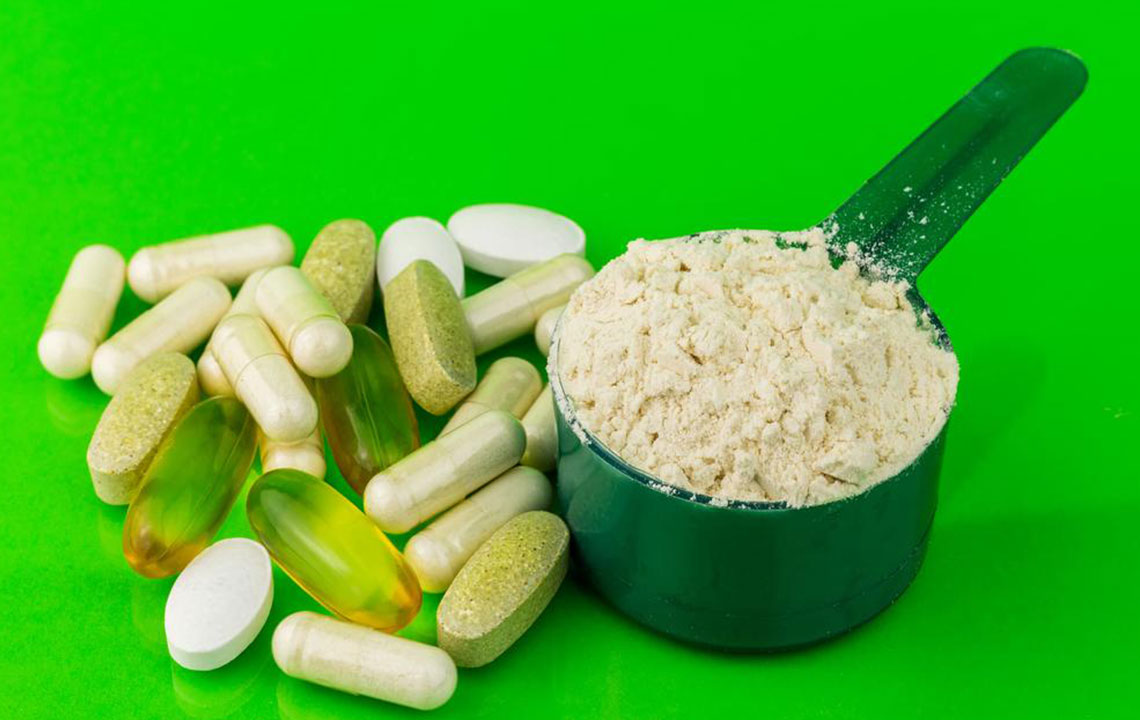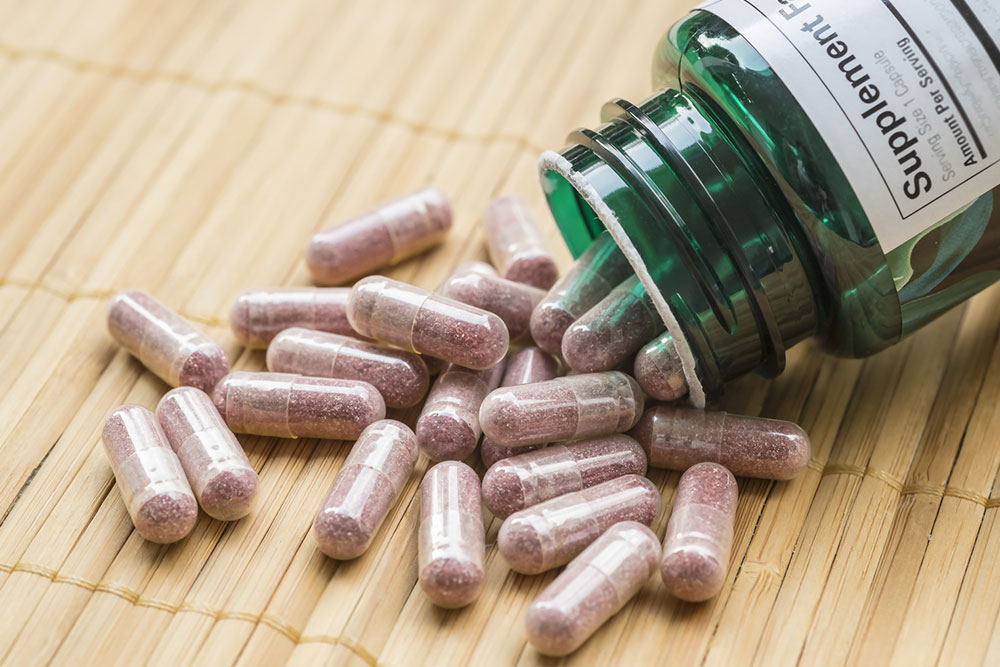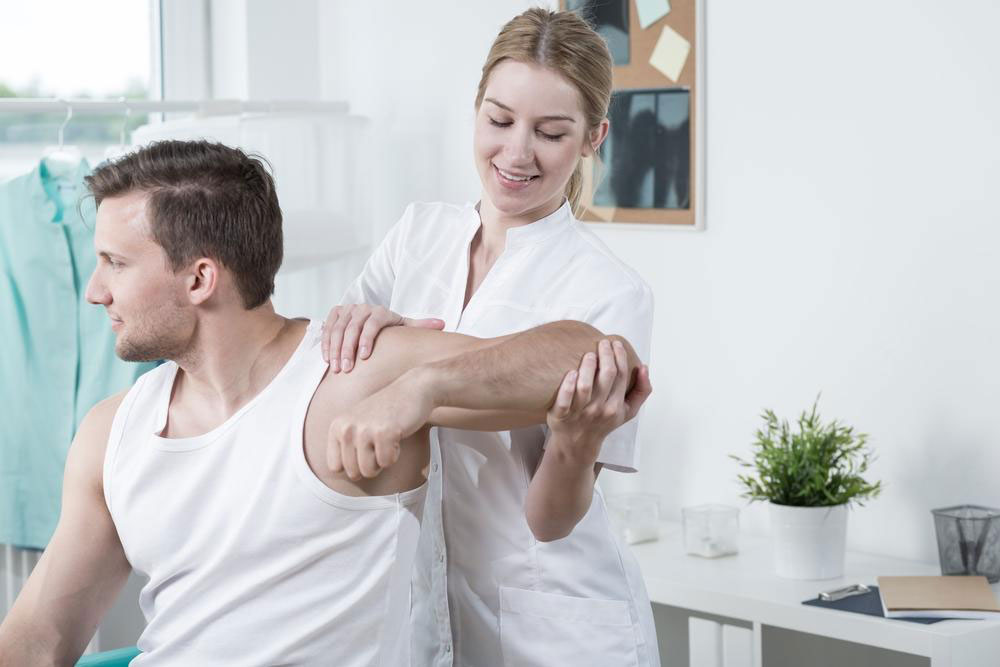Comprehensive Guide to Natural and Medical Approaches for Fast Relief from Joint Pain
Discover comprehensive methods to alleviate joint pain quickly, including traditional treatments and natural remedies like turmeric, ginger, and apple cider vinegar. Learn how to manage inflammation and restore joint mobility effectively with expert advice, lifestyle changes, and herbal solutions suitable for mild to severe discomfort. Enhance your joint health with safe, natural strategies or seek medical intervention for persistent issues. This guide offers detailed insights into pain relief options, helping you regain comfort and mobility efficiently.

Comprehensive Strategies and Herbal Alternatives for Swift Joint Pain Relief
Joints are essential components of our musculoskeletal system, acting as the connecting points that enable mobility and support throughout the human body. With approximately 250 to 350 joints in the body, they facilitate a wide range of movements—from simple actions like walking and grasping to complex motions involving coordination and strength. Common joints such as the knees, ankles, shoulders, elbows, hips, hands, and even the skull play pivotal roles in daily activities. However, these joints are vulnerable to injury, wear and tear, and degenerative diseases like arthritis. Any damage or inflammation can lead to discomfort and limit mobility, negatively impacting quality of life.
Joint discomfort is a widespread issue, especially among aging populations. Conditions such as osteoarthritis, rheumatoid arthritis, bursitis, tendinitis, strains, and traumatic injuries contribute significantly to joint pain. The knees are the most commonly affected joints because they are weight-bearing and bear mechanical stress frequently. Following the knees, the hips, shoulders, ankles, and spine are also prevalent sites of joint pain. Managing joint discomfort often involves a combination of medical treatments, lifestyle modifications, and natural remedies aimed at reducing inflammation, easing pain, and restoring function.
Conventional Medical Interventions
When experiencing persistent or severe joint pain, consulting a healthcare professional is vital for accurate diagnosis and effective treatment planning. Medical approaches often include pharmacological options designed to alleviate inflammation and pain swiftly. Nonsteroidal anti-inflammatory drugs (NSAIDs) such as aspirin, ibuprofen, naproxen, and diclofenac are frequently prescribed for their potent anti-inflammatory and analgesic properties. These medications help reduce swelling and pain temporarily but may have side effects like gastrointestinal irritation, ulcers, and cardiovascular risks with long-term use.
For milder symptoms, acetaminophen (paracetamol) might be recommended due to its pain-relieving capabilities, albeit with less anti-inflammatory effect. Newer agents like Cox-2 inhibitors (e.g., celecoxib) offer targeted relief with fewer gastrointestinal issues but still require cautious use under medical supervision. In some cases, doctors may suggest muscle relaxants, antidepressants, or anticonvulsants to manage chronic joint discomfort or neuropathic pain. Injections, such as corticosteroids administered directly into the affected joint, can provide rapid and substantial pain relief, especially during flare-ups, but they should be used judiciously to avoid joint degradation over time.
Topical Pain Management
Topical treatments are popular for their quick onset and targeted action. Creams containing capsaicin—a substance derived from chili peppers—work by depleting substance P, a neuropeptide involved in transmitting pain signals. Similarly, preparations with methyl salicylate and menthol create a cooling or warming sensation that distracts from pain and may promote local blood flow. These topical agents are convenient and generally safe but may cause skin irritation or burning sensations in some individuals.
Intra-articular Injections
In cases where oral medications and topical solutions are insufficient, steroid injections directly into the joint can greatly reduce inflammation and pain quickly. These injections are often employed for active inflammation or flare-ups, especially in rheumatoid arthritis or severe osteoarthritis. However, repeated steroid use can weaken joint structures and cartilage, so their application should be limited and carefully monitored by healthcare providers.
Physiotherapy and Lifestyle Modifications
Physical therapy is a cornerstone of joint pain management. Techniques such as therapeutic massage, ultrasound therapy, heat and cold applications, electrical nerve stimulation, and targeted exercises can alleviate pain, improve joint mobility, and strengthen surrounding muscles. Maintaining a healthy weight reduces mechanical stress on weight-bearing joints like hips and knees, significantly decreasing pain and slowing degeneration. Avoiding high-impact activities that strain joints, such as jumping or running on hard surfaces, can prevent worsening symptoms.
Natural and Herbal Remedies for Joint Relief
Many individuals seek natural remedies to complement or replace traditional medications, aiming for safer options with fewer side effects. Some herbal and natural supplements have demonstrated anti-inflammatory and pain-relieving properties, making them effective for mild joint discomfort or as preventive measures.
Fenugreek: This ancient herb contains compounds that exhibit anti-inflammatory effects. Consuming ground fenugreek seeds mixed with warm water or soaked overnight enhances bioavailability and provides relief from joint stiffness and pain.
Turmeric: Known for its curcumin content, turmeric is renowned for its potent anti-inflammatory and antioxidant activities. Regular intake—such as mixing turmeric powder with honey and consuming it daily—can reduce joint inflammation, especially in conditions like knee osteoarthritis and rheumatoid arthritis.
Apple Cider Vinegar: Rich in minerals like potassium and magnesium, apple cider vinegar assists in detoxifying joints and reducing swelling. Mixing a teaspoon to three teaspoons with honey and warm water thrice daily is a common remedy.
Ginger: With strong anti-inflammatory properties, ginger can be consumed as tea, brewed from fresh ginger slices or in supplement form. Drinking ginger tea daily may help decrease joint stiffness and pain.
Other natural options include stinging nettle, Epsom salt baths, garlic, and cayenne pepper—each with its own potential benefits for joint health. Integrating these remedies with lifestyle changes such as regular low-impact exercise, proper diet, and adequate rest can support joint integrity and reduce discomfort. While mild pain may resolve with these approaches within weeks, persistent or worsening symptoms necessitate consultation with a healthcare provider to prevent long-term damage.





